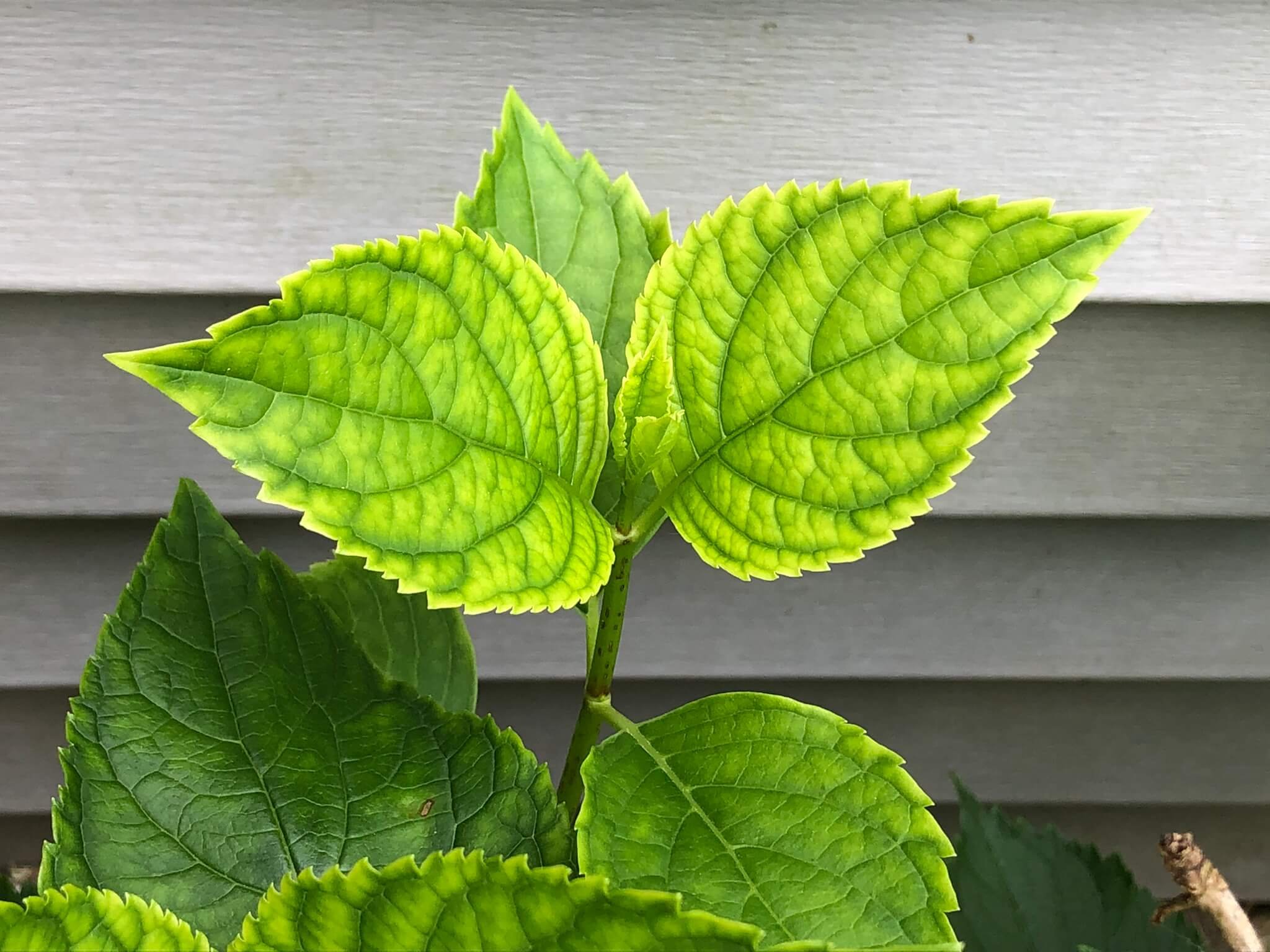Some Known Questions About Hydrangea Leaves Turning Yellow.
The Buzz on Hydrangea Leaves Turning Yellow
Table of ContentsThe Greatest Guide To Hydrangea Leaves Turning YellowThe Definitive Guide for Hydrangea Leaves Turning YellowThe Main Principles Of Hydrangea Leaves Turning Yellow Hydrangea Leaves Turning Yellow - An Overview
These concerns are very easy to identify and fix if you take steps prior to root rot embed in. A dampness meter can assist assist you to the most effective technique of modification (Hydrangea Leaves Turning Yellow). Large fallen leaves frequently look sagging during the afternoon warm. When they fail to liven up in the night or still look wilted in the early morning, your plant might be overwatered.Eliminate the plant from the dirt and trim out any type of origins that aren't white and swollen (plump). Replant in a new place or work some sand right into the dirt for much better drain. Underwatering also creates entrusts to transform yellow with brown, crispy sides. Do not try to correct the problem by watering excessively.
Add a little bit of distilled water, stir the active ingredients, and drain the added water. Place a p, H testing strip in and wait for a reading.
The very best way to do that is with soil changes. Sphagnum moss or peat moss protects against the dirt from condensing and betters soil drain while likewise increasing the dirt's acidity. You can scatter sulfur contribute your hydrangea soil also. The simplest method is to merely use a fertilizer that aids preserve the proper level of acidity in the soil while additionally feeding the plant.
The Ultimate Guide To Hydrangea Leaves Turning Yellow
This is one excellent reason to repot houseplants consistently (though there are others, such as origin development for instance). It is additionally why houseplants need a much stricter feeding routine than the majority of exterior plants. When a hydrangea houseplant lacks nutrients, its leaves will certainly be the initial to reveal the signs.

You will likewise need to fertilize the plant by hand and regular periods. When spring starts in March, it's the active expanding period for lots of houseplants, consisting of hydrangeas.
The dripline is the area situated under the vegetation that is the outermost away from the center of the plant. So instead of using feed to the center of the plant it is best to focus it mainly in the outer areas of the pot. If you prefer to utilize a slow-release fertilizer such as granular or spike plant food, after that cover either kind with some dirt after you insert them.
Getting The Hydrangea Leaves Turning Yellow To Work

Although the hydrangea is remarkably frost-resistant, as soon as temperature levels begin getting involved in the 20s, the plant is in significant risk. If the temperatures remain in the low 10s, that risk is more extreme still. Undoubtedly this is even more of an interest in exterior plants so if you maintain potted hydrangea outside you must bring them indoors in really chilly climate conditions or perhaps consider relocating them inside for the duration of the winter months.

A dehydrated hydrangea, A big issue with numerous houseplants is root rot. Root rot occurs when you overwater a plant and because it is such an usual issue (specifically with succulents) numerous houseplant owners are fearful of overwatering their plants. However, hydrangeas call for more watering that the majority of various other typical houseplants and can become dehydrated when they are underwatered (Hydrangea Leaves Turning Yellow).
Things about Hydrangea Leaves Turning Yellow
Be definitely sure that your hydrangea is dried out due to a lack of water and not due to it be provided as well much water (more on this later). Overwatering is a significant trouble if you cut corners on its water demands also a little bit, your hydrangea will certainly be quick to show it.
, you will quickly inform if the plant needs water. To obtain your hydrangea sprinkling habits on the ideal track, you require to be mindful about the moisture degrees in its soil.
When you remove your finger from damp dirt it will have percentages of dirt deposit adhered to it. Dry dirt will certainly indicate your finger appears tidy or with completely dry soil that is conveniently surprised. If it's moist, and the plant has yellow leaves then the plant has actually more information likely been overwatered and you will certainly require to follow the guidance given up the section listed below.